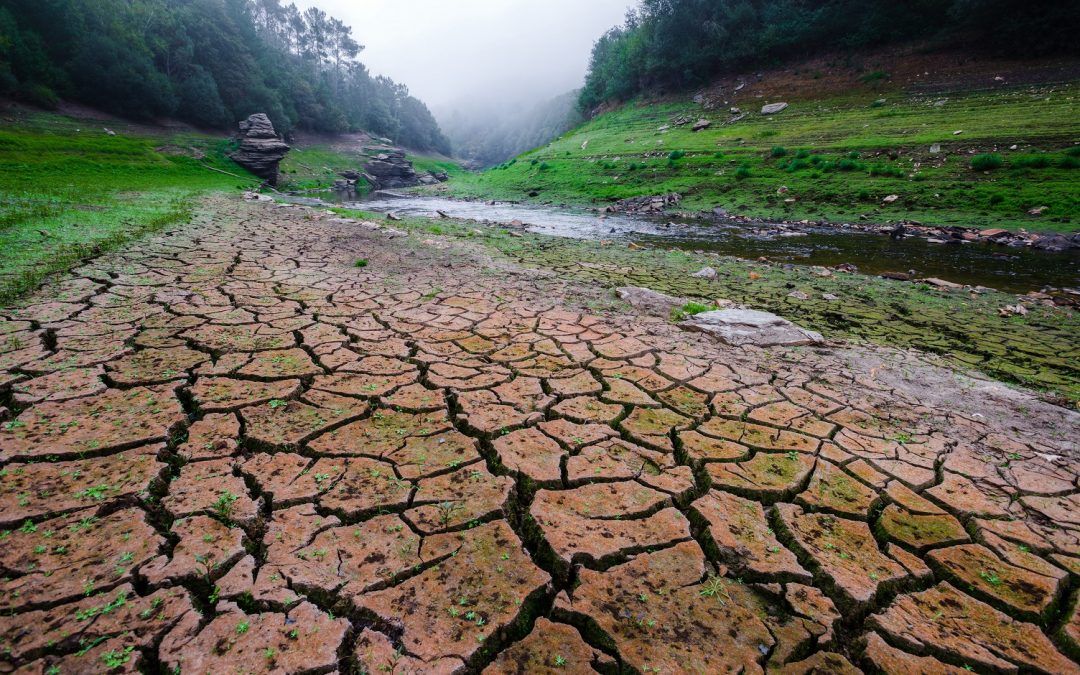Here in the United States, most of us only have a vague idea of where our water supply comes from. Yet in many parts of the world, water scarcity is a daily – and sometimes deadly – fact of life. And now, scientific experts are beginning to warn that global trends could be leading us towards a worldwide water crisis.
As experts in agriculture and farm loans, we’re being asked a lot these days about the future of water security. In this article, we’ll outline a few need-to-know lessons about groundwater depletion, water sustainability, and the future of farming.
Shifts in Global Groundwater Reserves
Groundwater – water that exists in subterranean reservoirs and in soil – accounts for 0.62% of the world’s total water supply. That may not sound like much, but it’s only surpassed by oceans (97.2%) and ice caps/glaciers (2.0%). Groundwater, in other words, is vital to the continued existence of human society as we have come to know it.
In 2002, NASA launched the Gravity Recovery and Climate Experiment (GRACE) to measure changes in global water levels. Specifically, the GRACE satellite was designed to observe and quantify global shifts in groundwater reservoirs and large river basins. In the span of 14 years (2002-2017), it provided some startling revelations about the world’s shifting global water supply. Most importantly: Global water security “is at a greater risk than most people realize.”
According to the researchers behind GRACE, global water distribution is rapidly changing. Higher latitudes (including the Northern US) and lower latitudes (such as the tropics) are becoming wetter with each passing year. In contrast, mid-latitude regions (which encompass most of the US) are drying up at an alarming rate. These shifts in groundwater supply could have major implications for agricultural production, both at home and abroad.
What Does This Mean for Agriculture?
In a recent report, the GRACE scientists outline the dangers that these shifts could pose to global agriculture:
“The food industry is the largest user of water worldwide, consuming far more than is available on an annual renewable basis. In fact, most of the world’s food-producing regions are in a state of chronic water scarcity, with no end in sight given current rates of production and levels of agricultural efficiency.”
The solution, according to the researchers, will be found through global cooperation. As agricultural regions (such as California) continue to become drier, it will become increasingly necessary to import water from elsewhere. Granted, this is a theoretical political arrangement that will take many years to plan, negotiate, and execute. In the meantime, individual farmers have the option to take the matter of water conservation into their own hands. Through a small farm loan, you can implement irrigation technology that can allow you to cut back on water use.
There are tons of innovative technologies and practices at your disposal. All that you need to do to start protecting your water supply is educated yourself, and invest in your future!
Secure a Small Farm Loan Today!
Are you interested in building your own water-friendly farming operation, but unsure how to get started? MSF Agriculture can help! Contact our office today to start shopping for small farm loan options.

